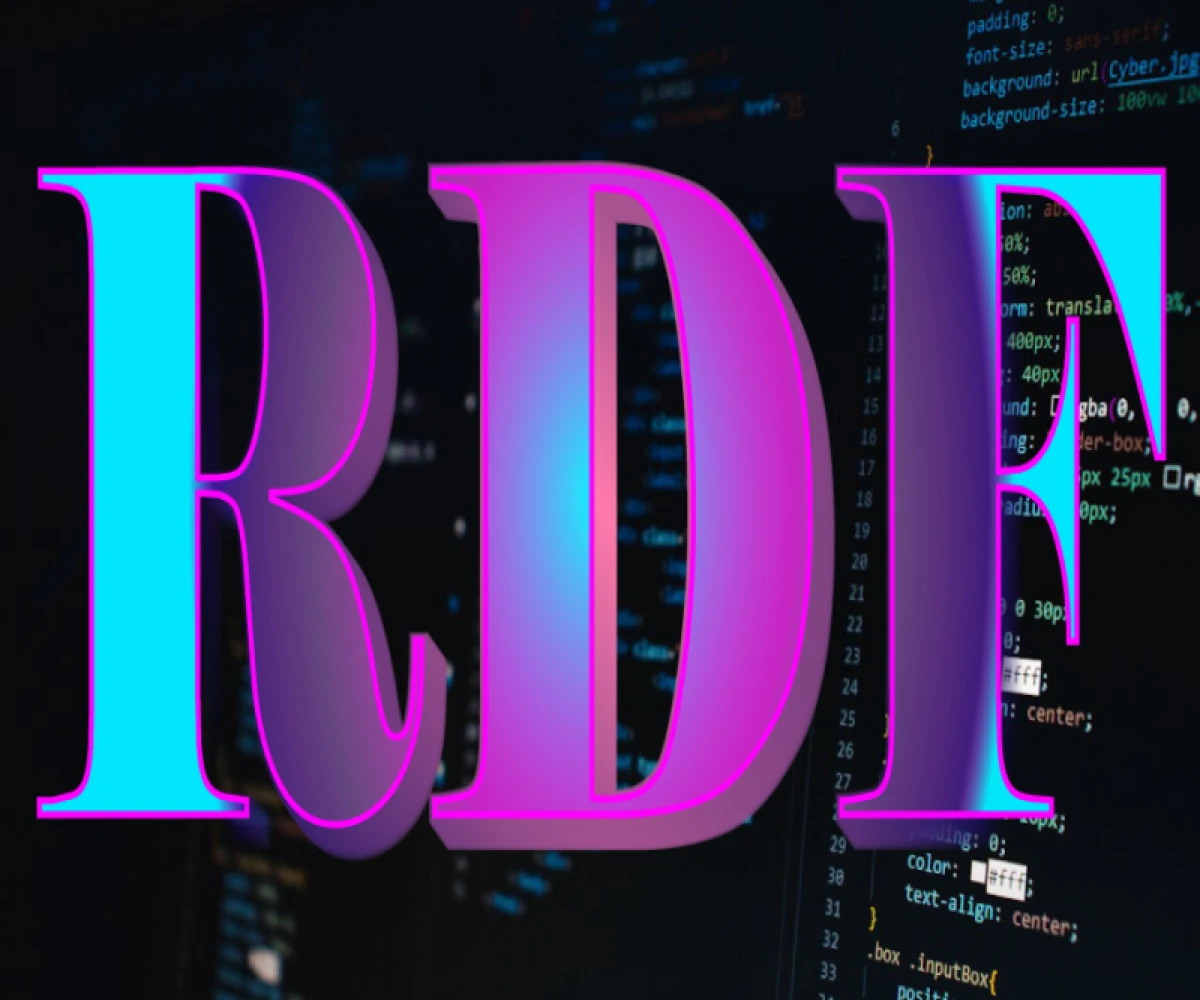
What is RDF? Your Guide to the Connected Web
Understanding the Resource Description Framework (RDF): The Building Blocks of a Connected Web
The internet is a vast ocean of information, but how well can machines understand and connect all this data? This is where the Resource Description Framework (RDF) comes in. RDF acts as a common language for machines to describe and exchange information, paving the way for a more intelligent and interconnected web – the Semantic Web.
In simpler terms, RDF helps us define things and their relationships on the web. Imagine it like a giant information filing cabinet, where everything has its own place and clear labels describing how it connects to other things.
The Power of Triples: Building Blocks of RDF
RDF organizes information using statements called "triples." Each triple consists of three parts:
- Subject: The resource being described (e.g., a book, a person, a product).
- Predicate: The relationship between the subject and the object (e.g., "is author of," "has category").
- Object: The value that completes the statement about the subject (e.g., an author's name, a product category).
For example, the triple "<Hamlet>" "is written by" "<William Shakespeare>" describes the relationship between the play "Hamlet" and its author.
Real-World Examples of RDF in Action
Here are some examples of how RDF can be used in various scenarios:
- E-commerce: Product information like descriptions, prices, and reviews can be represented in RDF, allowing for more intelligent search and recommendation systems.
- Scientific Research: Researchers can use RDF to share and connect data sets, enabling easier collaboration and discovery of scientific knowledge.
- Social Networks: Profiles, connections, and activities on social media platforms can be described using RDF, facilitating better personalization and content discovery.
By using RDF, we can create a web where information is not just displayed, but also understood and interconnected. This opens doors for exciting possibilities, such as intelligent search engines that can truly grasp the meaning of your queries, or automated systems that can make better decisions based on the relationships between data points.
RDF might seem complex at first, but its core concept – triples – is fundamental to building a more meaningful and connected web. As the Semantic Web evolves, RDF will play a crucial role in unlocking the true potential of information on the internet.


